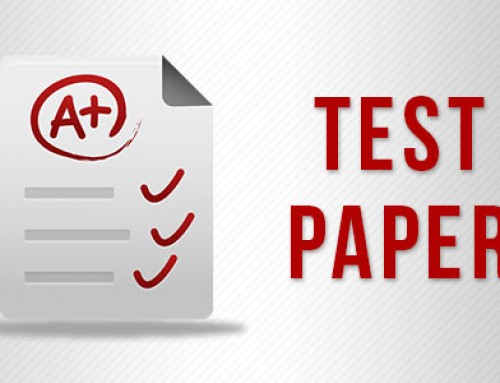Okay, tell me if you have any doubt about theory of friction, one is static and there is kinetic, that’s it
the end of theory. The value of static is zero, between fx maximum it can be anything, the value of
kinetic is fixed, uk into n. The value of fx is from zero to fx maximum and it can be uk into n. Now the
biggest problem in friction is that friction requires something very rare and that’s the application. I
never understood friction when I would study it. So it will take time to understand, no problem.
First example, the first thing is that the common error that all of you are doing is that you have not
forgotten what you have been taught by some people in the lower classes and which has had a bad
effect on your mind, and to erase that is difficult. If I say that friction will be opposite, will be
opposite, will be opposite, you will have to stop saying this. If this is going forward then friction will
follow. This is all nonsense, this is all nonsense. You cannot say where the friction will take place. If
you want to understand friction I will show you one technique, if you have a slight knowledge about
relative motion then you will understand, friction is based on relative motion. There are two
surfaces, always discuss one surface with respect to another surface. Suppose I stop one, now if this
is stopped then with respect to this and if it goes ahead then friction will follow. If it goes behind
then friction will be ahead. But the word ‘relative’ will be applied, with respect to. You understand?
If you look at one surface with respect to another surface then you will be able to predict easily the
direction of friction. And if you just check in general then it will not be possible.
Now I will show you, write down predict the direction of friction in given cases, predict the direction
of friction in given cases. These are two blocks which are at rest on rough surfaces. You are pulling
these in this way, you are pulling one block here and one block here. Now tell me where will friction
be applied?
Opposite.
Now when you say opposite, you are getting ready to make a mistake. Don’t say opposite, because if
you say opposite, the answer here will be correct, but in the next question we will be confused.
Don’t say opposite, let’s plan, how? There are two surfaces, one is the block and one is the ground.
Let’s discuss block with respect to ground. Now the ground is at a standstill already. If the surface
below is at rest then this funda of opposite will work. And when you are taught friction in the 9th
standard you are given these easy, easy cases to solve. So the teacher to avoid problems, says that
use ‘opposite’ and be happy. And that becomes a major problem for us in the XI. I feel sad. So we
will think of a new way even though it is an ordinary example.
With respect to the ground, the block that is here is trying to move ahead, right. With respect to
ground the tendency of motion of the block is to the right, tendency of motion is to the right so
where will the friction be, it will be behind. Now don’t say ‘opposite’, we will throw the word
‘opposite’ out of our dictionary for some time. Now with respect to ground, the block has the
tendency to move left, so friction will act in right.
Next example, the question is the same, you have to predict the direction of friction. There are two
surfaces, block and the truck. Let us discuss with respect to truck. If I am discussing block with
respect to truck then should I apply pseudo here, yes or no. Then with respect to the truck, pseudo is
pushing this block behind that is tendency of motion is towards left. So friction will act towards right,
okay, done.
Next question, write this down. B block is kept on top of A block, we are pulling A block, and B is
being pulled along with A. Now we have to predict friction on B and friction on A. See I will teach
you, I will teach you and then ask you, don’t worry. See A or B, see any one of them with respect to
the other. Let’s see it with respect to B. If I stop B, then the force will try to shift A from under B to
the right, yes or no. If I look at it with respect to B, then this force will try to shift the block to the
right. So B will use friction to stop this, where will it apply friction, that means where will friction on
A be? Left, yes or no. On what will the reaction be? B, where, to the right. This is the easy method
and logically also if B is travelling with A, I am pulling A, but who is pulling B, which force is pulling B
to the right. There can be friction so where will the friction on B be.








